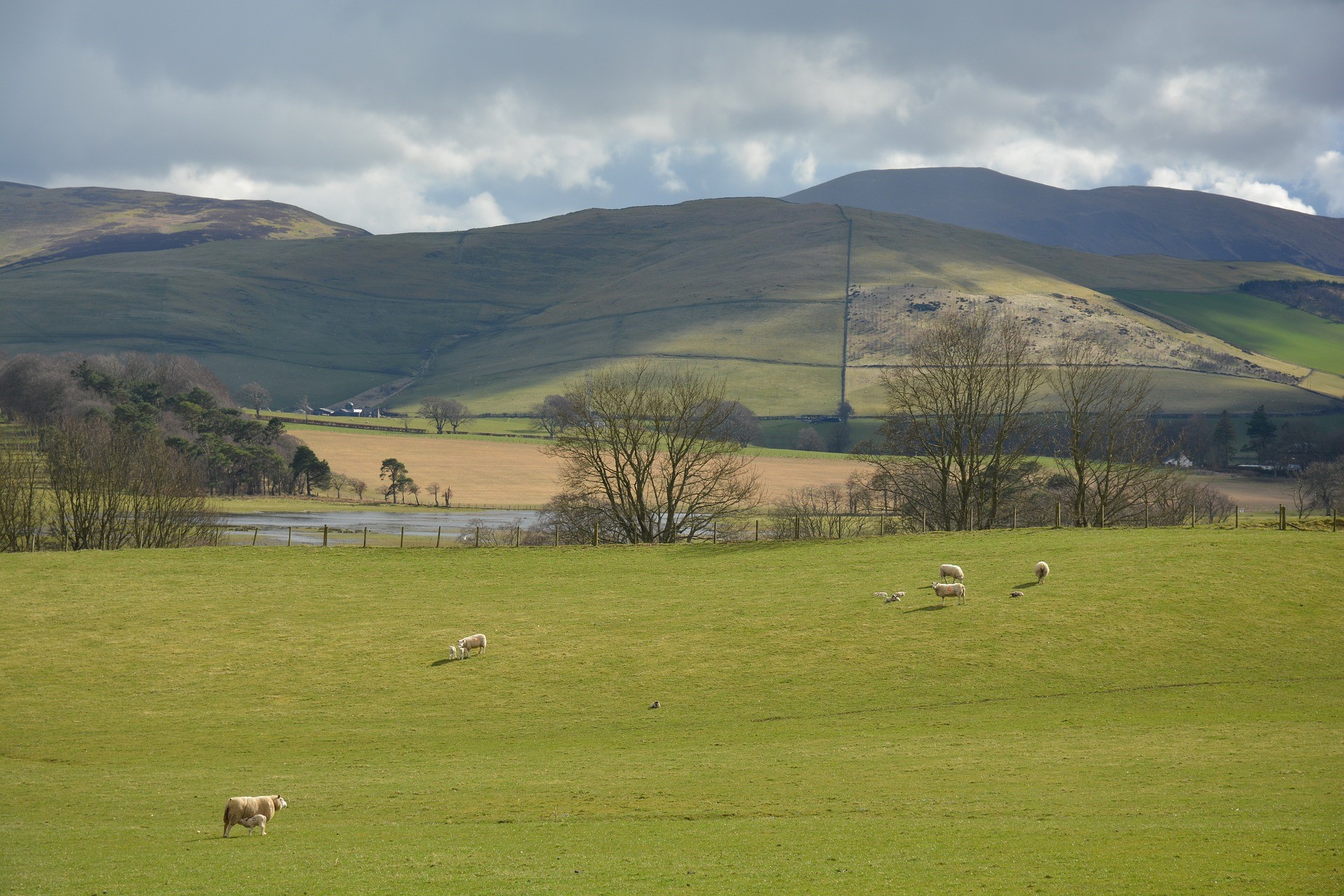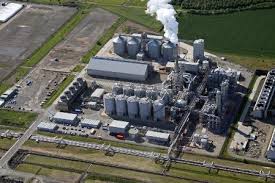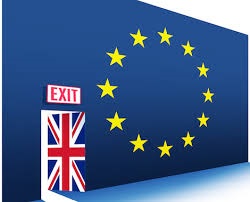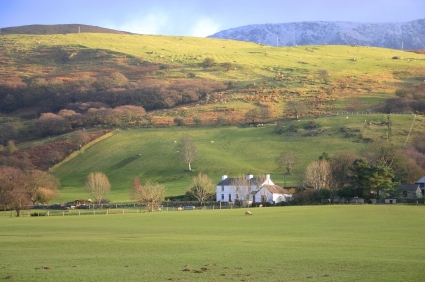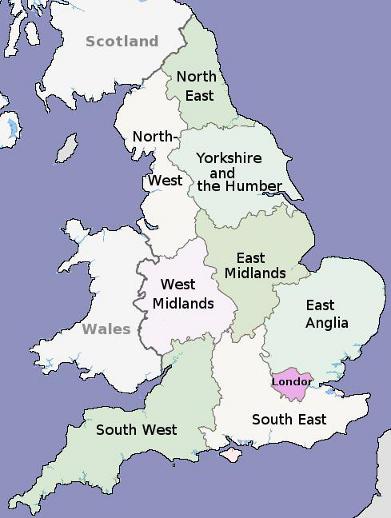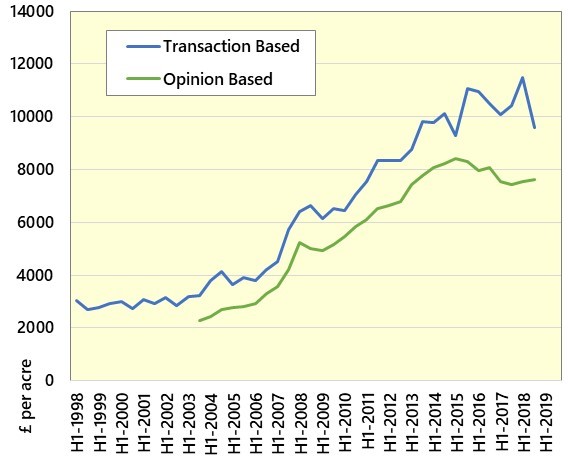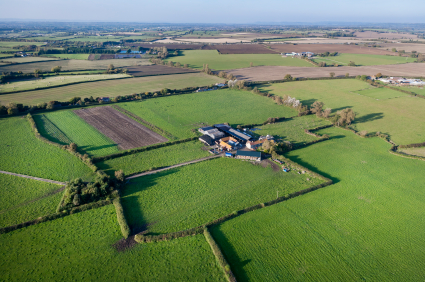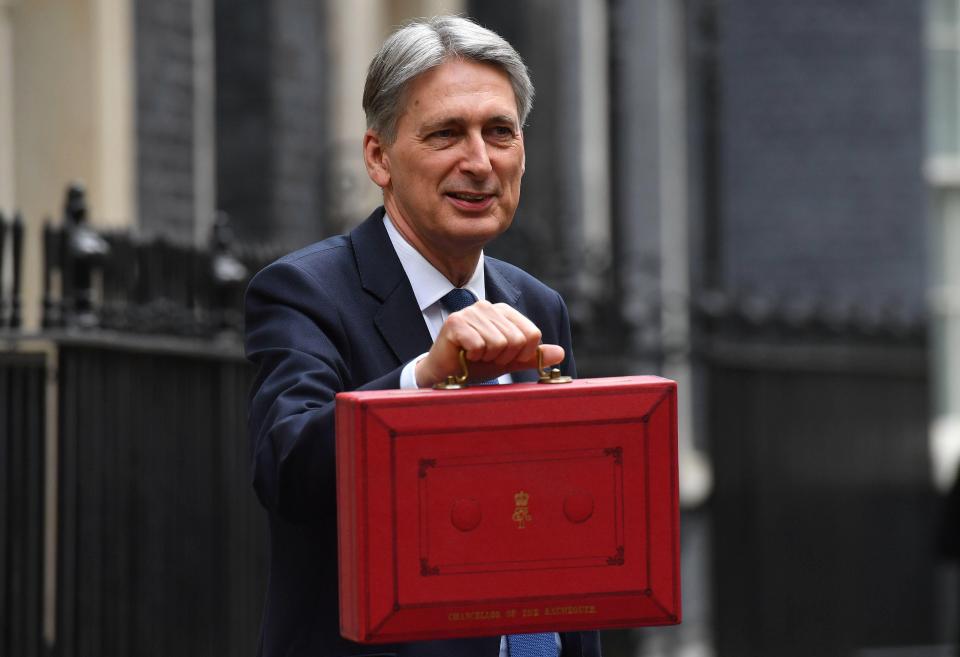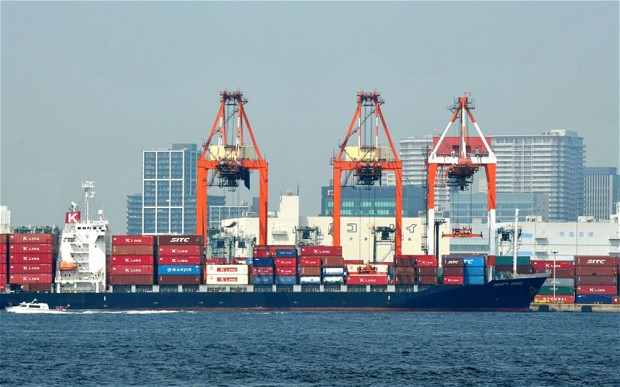To say the least, it has been a tumultuous month for the UK Government on Brexit. Once again, it has been defeated in its efforts to get the Withdrawal Agreement passed by the House of Commons whilst there have been widespread rumours of Ministerial resignations and the Prime Minister’s position now looks increasingly precarious. All the while, businesses are no closer to getting clarification on where the UK’s relationship with the EU will be upon Brexit, let alone the eventual position of its future trading relationship.
On 12th March, the Government put the Withdrawal Agreement to a second Meaningful Vote in the House of Commons and was defeated by 149 votes. Whilst not as substantial as the 230-vote defeat in January, the defeat was still comprehensive. Despite the efforts of the Attorney General to secure legally binding changes to the Withdrawal Agreement (and the Irish Backstop in particular), the EU was only willing to provide the UK with clarifications in the form of a ‘joint legally binding instrument’ on the Withdrawal Agreement and a ‘joint statement’ adding to the Political Declaration. Whilst these documents provided further information on how the UK could start a formal dispute with the EU if it felt that best efforts were not being made on obviating the need for the Backstop, they were insufficient to change the Attorney General’s legal opinion on the indefinite nature of the Backstop. This was pivotal in the Government’s second defeat on the Meaningful Vote.
The defeat triggered two subsequent votes on the 13th and 14th of March. In the first, the House of Commons was asked to give explicit consent to a No Deal. This motion was defeated by 43 votes. However, it should be noted that whilst the UK Parliament voted against No Deal, the legal default if there is no Withdrawal Agreement between the UK and the EU upon Brexit remains that the UK’s future relationship with the EU would be based on WTO rules (i.e. a No Deal).
The second subsequent vote, which passed by 210 votes, gave consent to request an extension to Article 50 and this is was the main area of focus at last week’s European Council meeting. The UK Government initially proposed the end of June as the extension period and whilst there were many counter rumours from the EU side, it was eventually agreed to adopt a two-stage extension approach;
- Unconditional extension until 12th April: this date now replaces 29th March as the default Brexit day, unless the UK Parliament passes the Withdrawal Agreement or seeks to completely re-think its approach on Brexit (necessitating the UK’s participation in EU Parliamentary elections). Otherwise, the UK would exit the EU without a deal.
- Extension to 22nd May if Withdrawal Agreement passes: this would give the UK time to pass the additional legislation needed to give legal effect to Brexit and would also give the European Parliament the opportunity to pass the deal, before elections take place during 23rd to 26th May.
This, therefore, means that the focus shifts back to Westminster. Today (25th March), MPs will be voting on a motion to permit Parliament to take control over the Brexit process on Wednesday by holding a series of ‘indicative votes’ which are intended to ascertain what options there might be a Parliamentary majority for. The precise details of how these indicative votes would be held has yet to be finalised but MPs are often given ‘free votes’ (i.e. not subject to whipping) to discern which alternatives might command a majority. These options are likely to encompass a softer form of Brexit such as the ‘Common Market 2.0’ (see January bulletin), a No Deal Brexit as well as the potential revoking of Article 50 in advance of holding of a second referendum. However, it should be noted that these indicative votes are non-binding and it is highly possible that the Government could bring back the current Withdrawal Agreement for a third Meaningful Vote (subject to the Speaker allowing the vote to take place) in the next two weeks.
So, yet again, Westminster is in a state of chaos and agri-food businesses are no closer to getting any clarity. The Brexit options still range from No Deal to No Brexit (or at least a lengthy delay to Brexit to facilitate a complete rethink to the UK’s approach, which would likely encompass a softer Brexit). Businesses are having to take decisions irrespective of the stalemate at Westminster. There are several examples of investments which have been made to increase storage capacity to mitigate the impact of increased friction on cross-border trade. There is also anecdotal evidence that trading positions are being adapted until further clarity is provided on the post-Brexit relationship. These include delaying commitments for future purchases of on-farm materials destined to be traded between the UK and the EU after Brexit day.
All the while, Brexit fatigue is setting in and many industry professionals are expressing dismay at the current paralysis. They are calling for decisions to be made so that companies can get on with their day-to-day business. Unfortunately though, as the Future Relationship negotiations have yet to even start, the Brexit process is currently more akin to approaching injury time at the end of the first-leg of a European football tie and it has yet to be decided whether the second-leg will take place.

